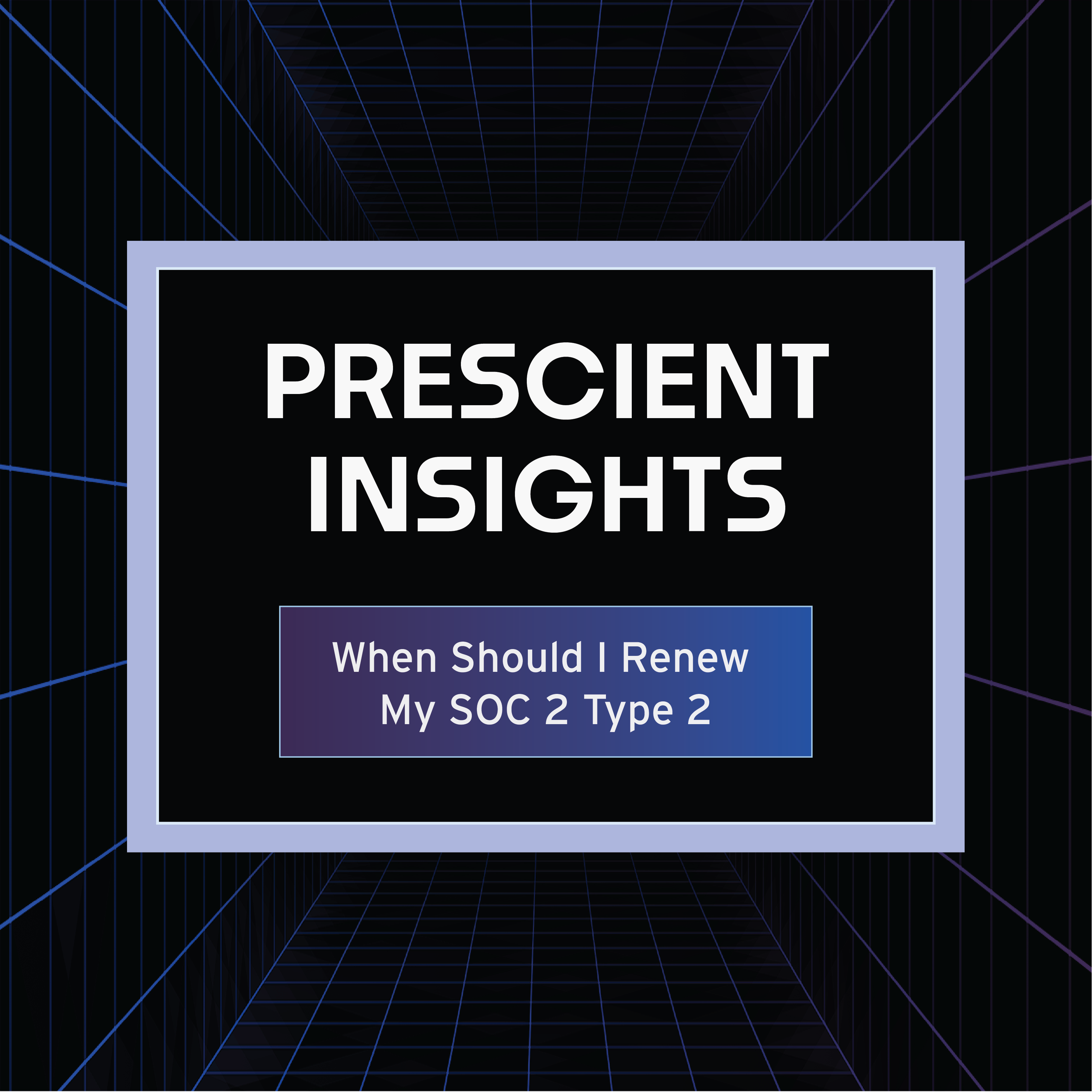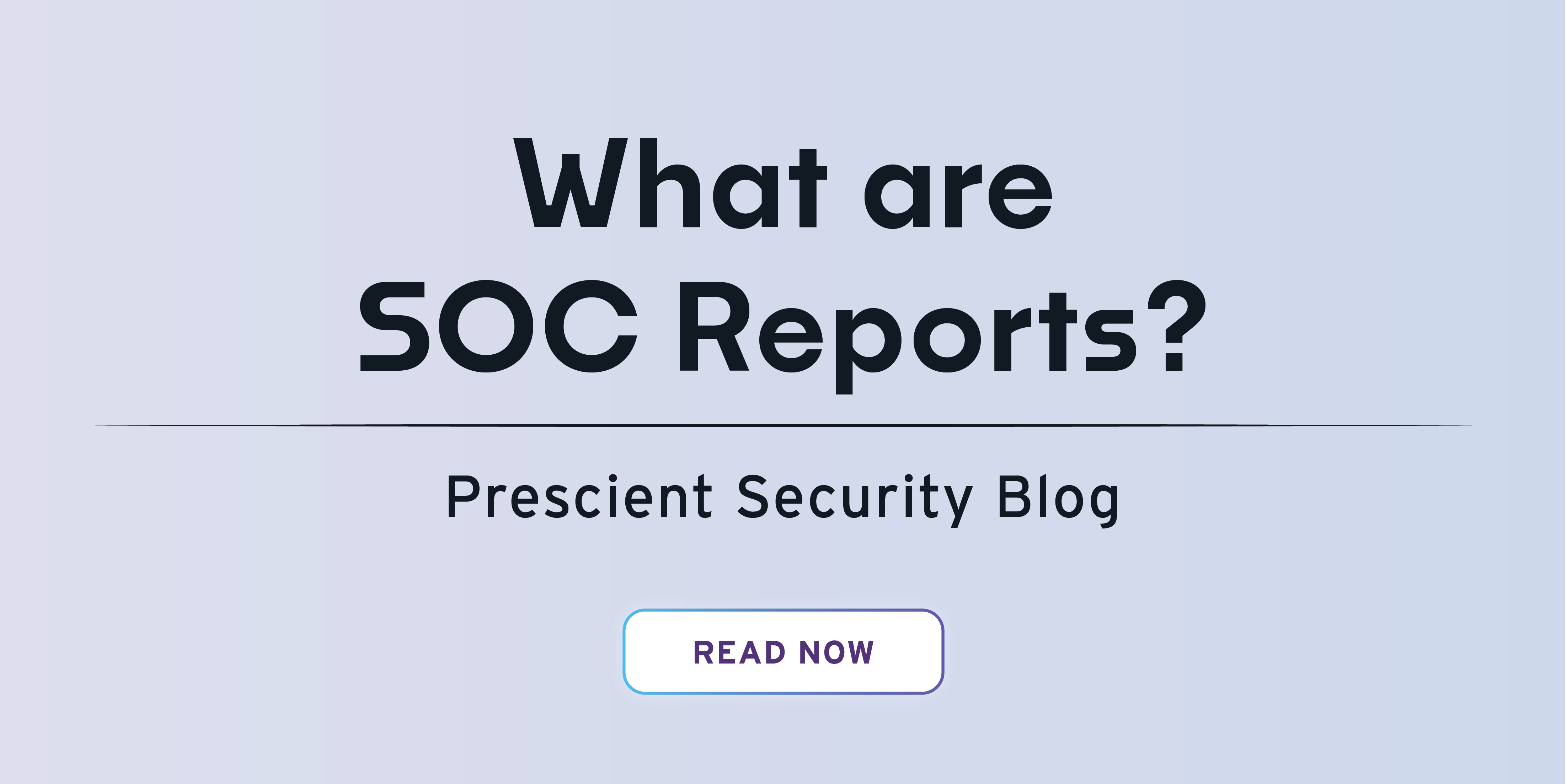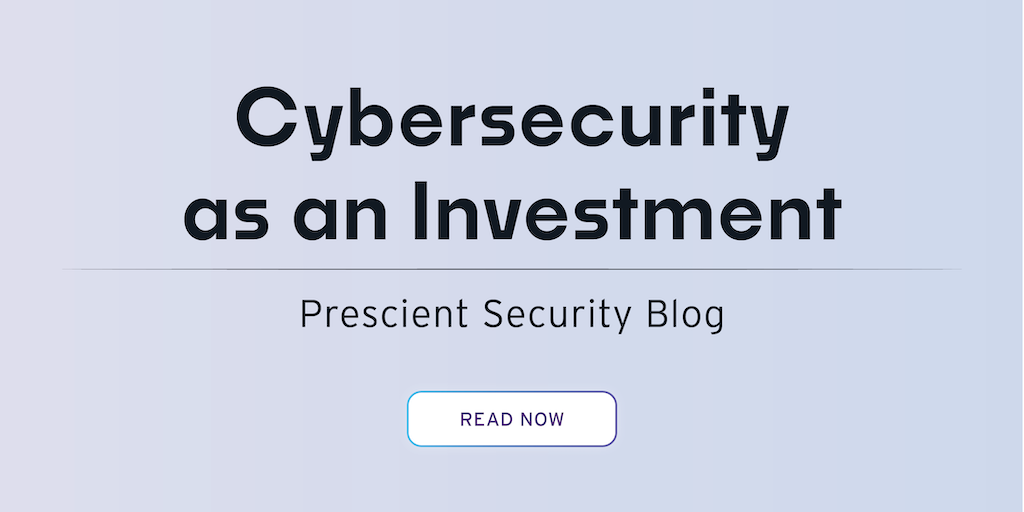Navigating SOC Compliance: A Handbook for Modern Enterprises
Trust is the currency that drives business relationships. Establishing that trust is where Systems and Organization Controls (SOC) reports have become a pivotal asset. In this guide, we’ll dive into the what, the why, and the how of SOC 1, SOC 2, and SOC 3 compliance and create a roadmap for businesses striving to achieve them.
Contents
- What are SOC reports?
- The Origin and Expansion of SOC Reports
- SOC 1 vs. SOC 2 vs. SOC 3
- Picking the SOC That Fits Your Business
What are SOC reports?
SOC reports are character references of your organization in the financial and information security realms. They are third-party audits that attest to how your company handles data, with each type of SOC report addressing different aspects of data management.
SOC 1 focuses on financial transactions, which is why any business dealing with sensitive financial data should consider it. SOC 2 is tailored towards information security and critical for companies storing or processing information. SOC 3 is a SOC 2 report with security details redacted as it is meant to be shared publicly. User entities, auditors, potential clients, and stakeholders may need to see these reports to assess controls, security, and reliability. For this reason, SOC 3 cannot be completed without a SOC 2 report.
The Origin and Expansion of SOC Reports
SOC reports originated in response to the ever-growing need for transparency and security in data management. The American Institute of Certified Public Accountants (AICPA) engineered the SOC standards to provide a reliable framework for evaluating these controls. While SOC reports might share common ground with other standards like ISO 27001 or HIPAA, they are unique in their approach and focus.
The Five SOC Trust Principles
Service Organization Control (SOC) reports are part of a suite of services offered by the American Institute of Certified Public Accountants (AICPA) to evaluate the information systems relevant to the Five Trust Principles:
- Security - protects the system from unauthorized access, both physical and logical. This includes preventing data breaches, cyber attacks, and ensuring customer data remains confidential;
- Availability - demonstrates that systems meet operational uptime and performance standards. This includes network performance monitoring, disaster recovery processes, and procedures for handling security incidents;
- Processing integrity - ensures that system processing is complete, accurate, timely, and authorized, such as quality assurance and processing monitoring;
- Confidentiality - ensures that any confidential information, such as customer's business secrets, intellectual property, or personal information, remains confidential;
- Privacy of a service organization - Refers to how an organization gathers, stores, uses, preserves, reveals, and disposes of personal information.
These reports are the result of the AICPA's recognition of the necessity for stringent data management practices due to the escalating volume and significance of data housed in service organizations.
The SOC standards offer a mechanism for service organizations to communicate information about the design and effectiveness of their system's controls relevant to the AICPA’s Trust Service Principles. In essence, SOC reports provide a vital means for service organizations to demonstrate the robustness of their systems and control frameworks, instilling confidence among existing and potential clients, partners, and stakeholders about secure and effective data handling.
SOC 1 vs. SOC 2 vs. SOC 3
SOC 1: Your Financial Security Blanket
SOC 1 is the go-to for companies handling financial data that impacts their client's financial statements. There are two types: Type I, which evaluates the suitability of controls at a specific point in time, and Type II, which examines the effectiveness over a period.
For SOC 1 readiness, a company should keenly evaluate its internal control over financial reporting, ensuring that controls are not just in place but are operating effectively.
SOC 2: Beyond the Balance Sheet
SOC 2 is where IT governance becomes the focus. It's not just about crunching numbers; it's about adhering to the five Trust Services Criteria, which encompass a broad range of IT procedures and protocols. SOC 2 compliance differs slightly from SOC 1, diving deeper into IT processes and policies.
Companies preparing for SOC 2 compliance need to brace for common challenges, such as aligning IT processes with the Trust Services Criteria and ensuring that privacy and confidentiality are not just promised but practiced.
Type I vs. Type II Reports: A Timely Discussion
Deciding between Type I and Type II comes down to the timeline of scrutiny. Type I is a snapshot, while Type II is a documentary, spanning across time to provide evidence of operational effectiveness. For SOC 1 and SOC 2, Type II is generally more rigorous, offering a retrospective look at how well controls work. Moving to Type II is an industry best practice. Since SOC is an annual examination, the Type II observation window provides a comprehensive overview of the effectiveness of security controls over an extended period.
SOC 3: The Public Report
SOC 3 is a redacted version of the SOC 2 report with security details removed. It offers a general-use report that companies can freely distribute. Although it's less detailed, it serves as a badge of trust that businesses can showcase to assure clients and partners of their commitment to security.
The preparation steps for SOC 3 compliance are similar to those for SOC 2 but with an eye toward public consumption. This ensures that the report can be understood by a wider audience without compromising on the details of security and control effectiveness.
Picking the SOC That Fits Your Business
The choice between SOC 1, SOC 2, and SOC 3 depends on your business model, regulatory requirements, and customer expectations. Each report has strategic value, from strengthening customer confidence to meeting compliance mandates. It's not just about checking a box; it's about building a fortress of trust around your business operations.
Starting your SOC compliance journey requires a methodical approach. Establish a dedicated compliance team, perform a thorough gap analysis, and engage a qualified auditor sooner rather than later. Post-audit, the job isn't over—it's about continuous monitoring and improvement and keeping those controls in place. You must maintain policies, documentation, and controls and manage compliance once in this post phase.
Remember that SOC compliance is more than a regulatory hoop to jump through—it's a commitment to operational excellence and data integrity. It's a sign to your customers and partners that you take their trust seriously.
We urge businesses to weigh their needs, select the SOC report that aligns with their objectives, and view compliance not as a finish line but a continual journey. By staying abreast of the AICPA's evolving guidelines, companies can maintain compliance and reinforce the foundation of trust that underpins today's digital enterprise.
To learn more about SOC and how your organization can incorporate compliance into its security strategy, click here
.png?width=50&name=Employee%20Spotlight%20(138%20x%20138%20px).png) By
By


